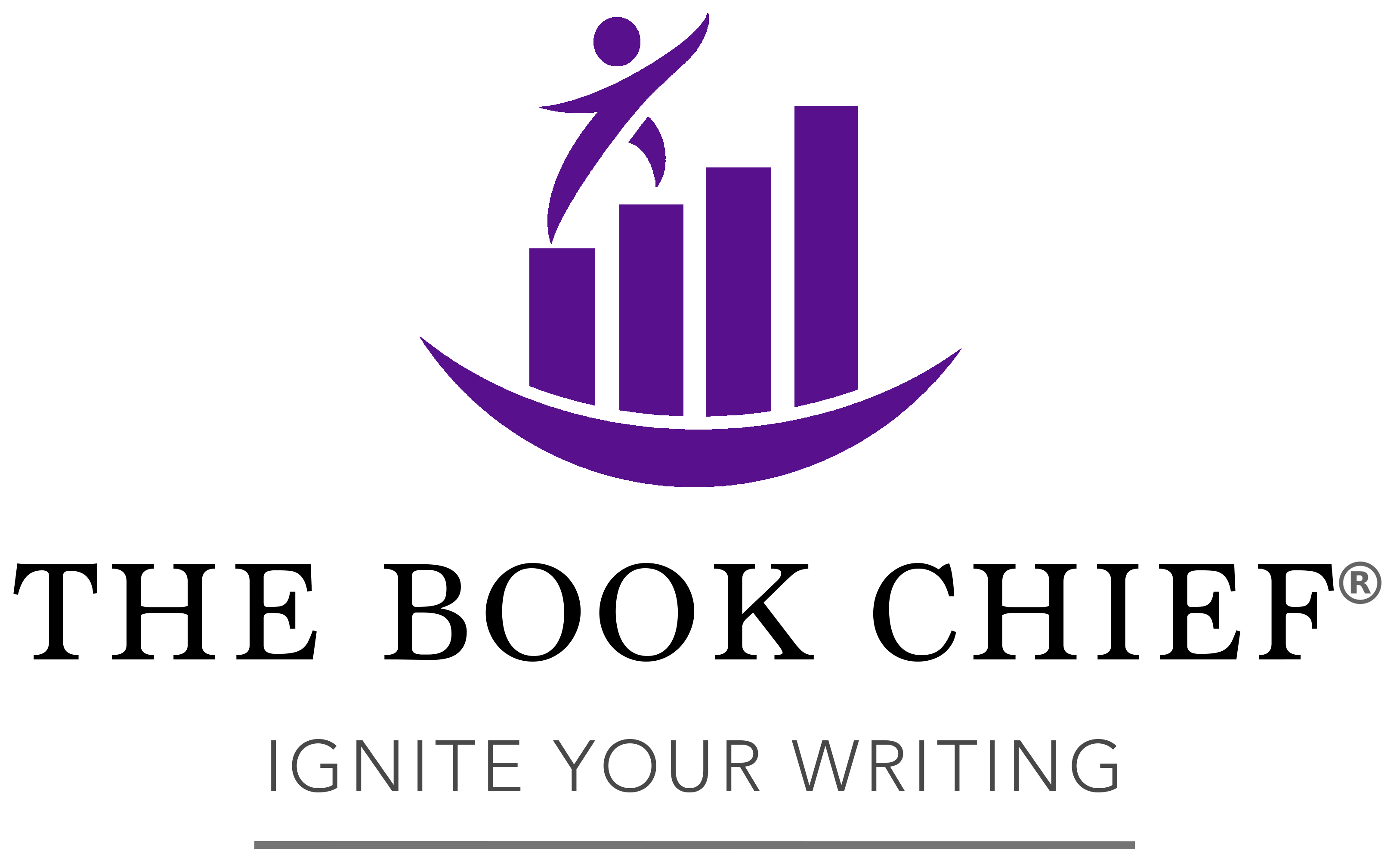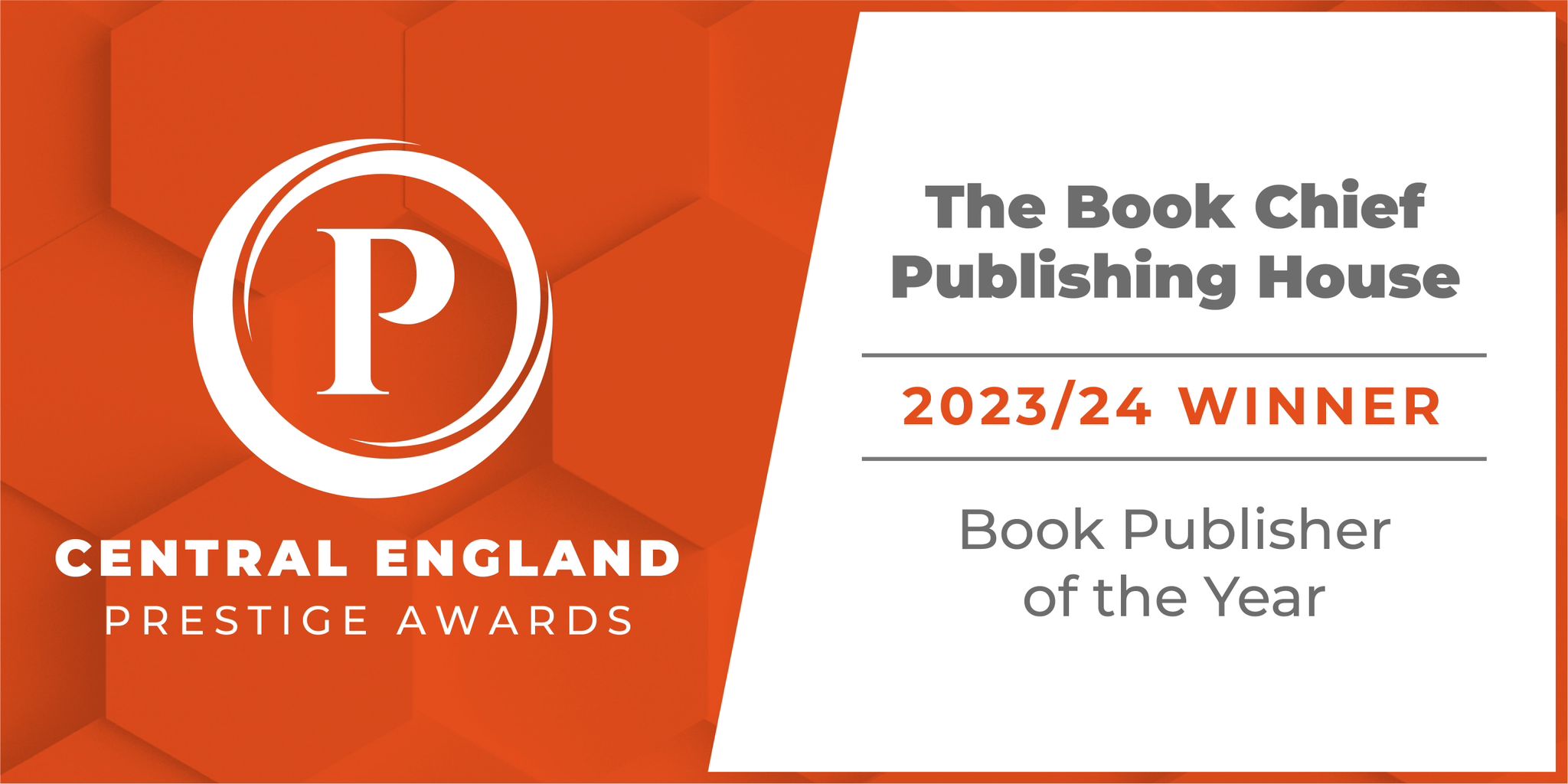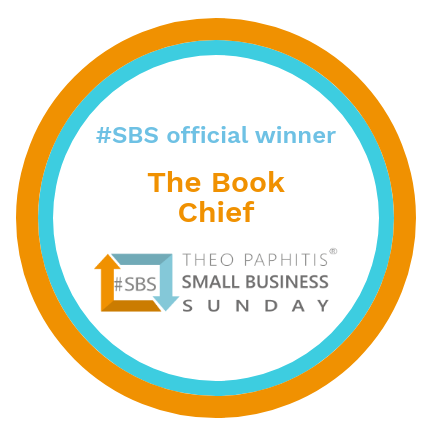In the world of self-publishing, two platforms dominate the landscape: Amazon Kindle Direct Publishing (KDP) and IngramSpark. Both offer global reach and print-on-demand services, but they serve slightly different purposes and suit different publishing goals. Understanding their strengths and limitations can help you make an informed decision.
Amazon KDP is the go-to for many indie authors. Its biggest strength lies in its massive customer base and seamless integration with the Kindle Store and Amazon’s global marketplaces. KDP is user-friendly, with free setup, and pays royalties of up to 70% for eBooks and 60% (minus print costs) for paperbacks. You also get access to Amazon-only marketing tools like Kindle Unlimited and Amazon Ads.
However, KDP has its drawbacks. Bookstores and libraries rarely order through Amazon, meaning you may miss out on that market. While KDP Expanded Distribution tries to address this, its reach is limited compared to IngramSpark.
IngramSpark, on the other hand, excels in wider distribution. It places your book in the global catalogues used by thousands of bookstores, libraries, and educational institutions. It also offers hardcover options and better quality control on print finishes. However, IngramSpark charges setup and revision fees, and its interface is less intuitive. Royalty rates can also be lower after wholesale discounts are applied.
Ultimately, many authors choose to use both platforms: publishing directly to Amazon through KDP and using IngramSpark for wider distribution.
Given the complexities involved, from ISBN choices to formatting and pricing, working with a publishing professional can help you navigate these options and tailor a strategy to your book’s goals. A little expert help can make a big difference in both reach and revenue.
Amazon KDP
✓ Pros:
- ✓ Free to use – no setup or revision fees
- ✓ Direct access to Amazon’s vast marketplace
- ✓ Higher royalties: up to 70% for eBooks, 60% (minus print costs) for paperbacks
- ✓ Simple, user-friendly publishing dashboard
- ✓ Access to Amazon-exclusive marketing tools (e.g., Kindle Unlimited, Amazon Ads)
✗ Cons:
- ✗ Limited reach beyond Amazon (bookstores and libraries usually avoid it)
- ✗ Expanded Distribution is restricted and pays lower royalties
- ✗ No hardcover option through standard KDP (only via beta KDP Hardcover with limited trim sizes)
IngramSpark
✓ Pros:
- ✓ Wide distribution to bookstores, libraries, and educational institutions worldwide
- ✓ Offers hardcover printing and more professional print quality
- ✓ Better suited for authors aiming for a traditional bookstore presence
- ✓ Greater control over trim sizes, paper type, and print finishes
✗ Cons:
- ✗ Charges setup fees and revision fees (unless waived via promo codes)
- ✗ Steeper learning curve and less intuitive interface
- ✗ Lower royalties due to wholesale discounts applied for retail partners
Best of Both Worlds
Many authors use both platforms to maximise their reach, publishing directly to Amazon via KDP and using IngramSpark for wider retail and library access. It’s a powerful strategy but can get complex when managing ISBNs, pricing, and metadata across systems.
That’s why it’s so important to work with a publishing professional who can help you navigate the options, avoid common pitfalls, and choose the best publishing path for your book’s unique goals. With expert guidance, you’ll be set up for success from day one, and The Book Chief can offer all of these options.





